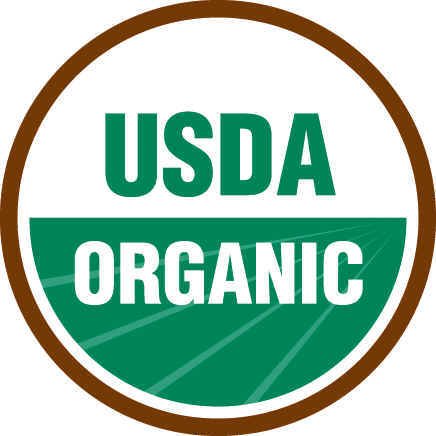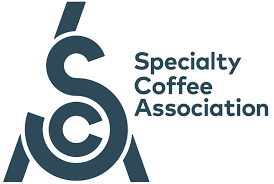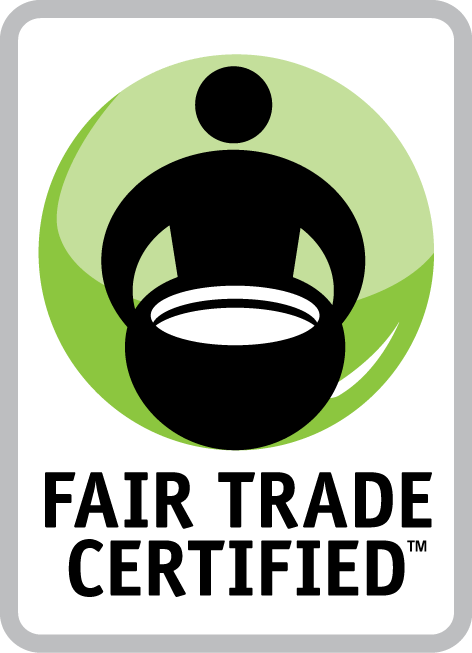When it comes to craft roasted speciality coffee, how the coffee harvest is processed is just as important as its coffee farm and origin. This month’s Caffeinated Catchword is “Honey,” a word that traditionally evokes images of sweetness. In the world of coffee processing, that’s not far off.
But no, we’re not talking about honey from bees. Instead, we're shining a spotlight on honey processed (sometimes referred to as semi-washed) coffees, a post-harvest method that falls somewhere between washed processing and natural processing.
The farmers at La Armonia Hermosa in Guatemala experiment with honey processed coffees, putting them in their own raised beds.
So, What Is the Honey Process?
Daye Bensa, a relationship farm in Ethiopia, dries out their honey processed beans at their Gatta lot.
After coffee cherries are harvested, the seeds (what we call beans) need to be separated from the fruit. In honey processing, the cherries are first removed of their outer skin, but the sticky, sugary layer of fruit mucilage is left on the seeds as they dry. These sticky seeds are then placed on drying beds and slowly dried in the sun.
That layer of mucilage looks and feels a bit like honey, hence the name.
Unlike washed coffees, where the mucilage is fully rinsed away in water, or natural coffees, where the whole cherry dries intact around the seed, honey processed coffees land in the middle.
Why It Matters: Taste & Texture
Honey processing impacts the final flavor of the coffee in a big way. With the mucilage still clinging to the seed, more fruit sugars penetrate into the bean during drying. The result? Enhanced sweetness and more complex fruity flavors.
Honey vs. Washed vs. Natural: A Quick Breakdown
| Process | What Happens | Flavor Profile |
|---|---|---|
| Washed | All fruit removed using water before drying | Clean, bright acidity, often citrus or floral |
| Natural | Whole cherry dries around seed | Bold, fruity, fermented, jammy |
| Honey | Pulp removed, mucilage left on while drying | Balanced sweetness, mild fruit, smooth body |
In the End, It's All About Craft
The honey process is a beautiful example of craft meeting climate and tradition meeting innovation. By carefully controlling how much of the fruit is left on the bean and how it dries, producers can fine-tune the final cup profile.
So next time you take a sip of a honey processed coffee, or if you are trying it for the very first time, see if you can identify the layered sweetness and unique tasting notes.
AT VIENNA COFFEE COMPANY…
Our dedication to ensuring that we are a market leader in craft coffee throughout the southeast dictates that we apply the same critical scrutiny used for our complete coffee lineup to any product we offer.
This commitment demonstrates our continued pursuit to provide craft coffee that enriches the lives of customers and producers alike by providing an experience grounded in excellence and hospitality. We custom pick our green coffee beans from regions across The Coffee Belt and always seek responsible sourcing from seed to cup.
Our roasting team ensures each bean varietal is roasted according to its characteristics to enhance its peak flavors. Vienna Coffee Company goes further by evaluating each varietal harvest through coffee cuppings to evaluate and adjust its roasting profile.
Explore our complete line of coffees online or stop by the Coffee House and let our baristas do the brewing for you. We hope that exploring what we offer (whether its organic, single-origin, a VCC custom blend or your favorite flavored coffee) continues your journey in discovering that “Great Coffee is an Adventure”.








